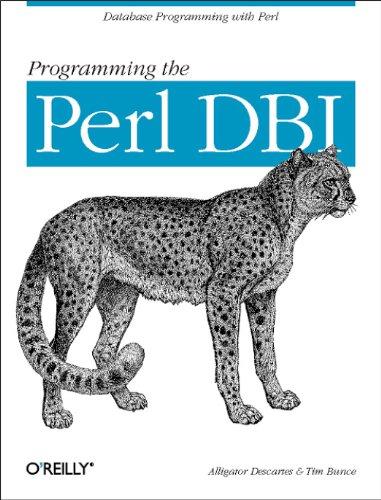Question
1. A hard disk contains 20 platters. The data is recorded on both surfaces of each platter. Each surface has 6,000 tracks. One track can
1. A hard disk contains 20 platters. The data is recorded on both surfaces of each platter. Each surface has 6,000 tracks. One track can hold 4,500,000 bytes of information.
What is the capacity (expressed in Megabytes) of one cylinder? Show your computations.
To convert bytes to kilobytes, divide the number of bytes by 1024.
To convert kilobytes to megabytes, divide the number of kilobytes by 1024.
To convert megabytes to gigabytes, divide the number of megabytes by 1024.
2.What is the capacity (expressed in Gigabytes) of the entire hard disk? Show your computations
3.Assume that the average seek time for the hard disk from problem 1 is 9 ms (milliseconds), there are 4,000 sectors on each track, and the disk rotates with 13,200 revolutions per minute.
A. Compute the average rotational delay (latency time). Compute the transfer time for 1 sector. Express both times in milliseconds. Then compute the total disk access time required to access 1 sector which is the sum of the three times: the average seek time, the average rotational delay (latency time), and the transfer time for 1 sector. Show your computations.
B. Compute the transfer time for 3000 sectors. Express this time in milliseconds. Then compute the total hard disk access time required to read 3000 sectors which is the sum of the three times: the average seek time, the average rotational delay (which you have already computed in step 2A above), and the transfer time for 3000 sectors. Show your computations.
Notes: The average seek time is constant = 9 ms The average rotational delay is the same for 2A and 2B above The transfer time for problem 2B should be greater than for problem 2A because it takes more time to transfer 3000 sectors than 1 sector Distinguish between the time units: minutes, seconds, and milliseconds o 1 minute = 60 seconds o 1 second = 1,000 milliseconds
Step by Step Solution
There are 3 Steps involved in it
Step: 1

Get Instant Access to Expert-Tailored Solutions
See step-by-step solutions with expert insights and AI powered tools for academic success
Step: 2

Step: 3

Ace Your Homework with AI
Get the answers you need in no time with our AI-driven, step-by-step assistance
Get Started


